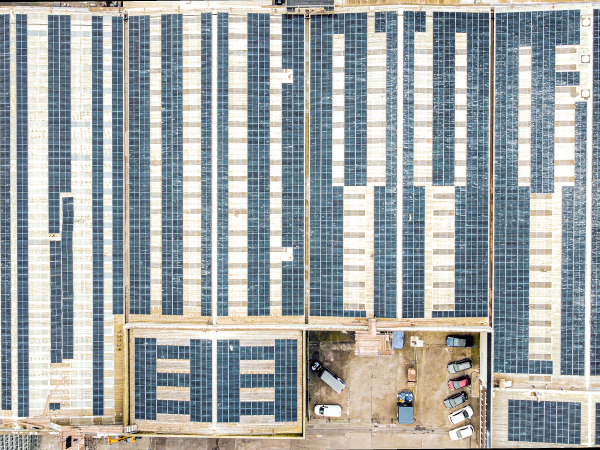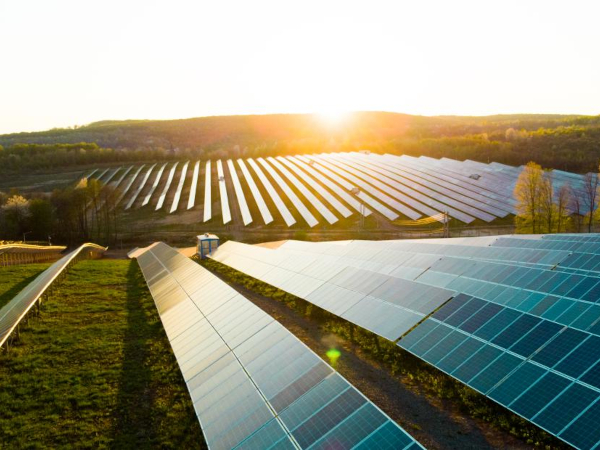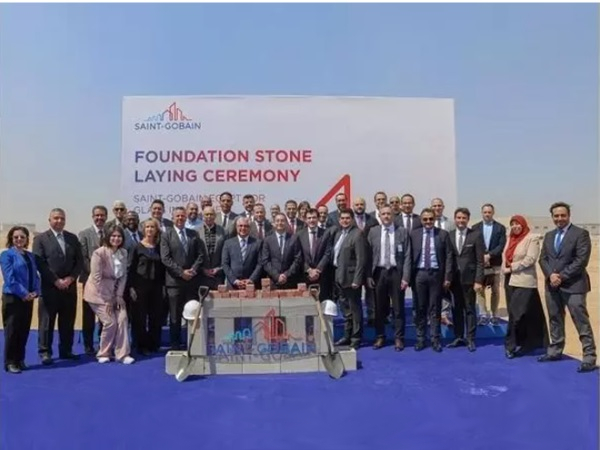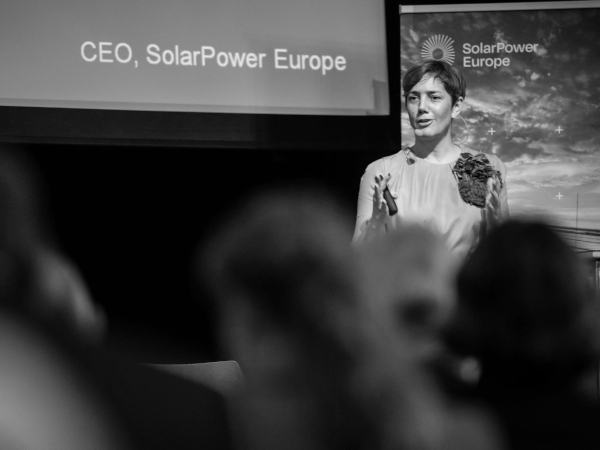Date: 16 August 2012
The patent-pending coating developed by physics professor Seamus “Shay” Curran, director of UH’s Institute for NanoEnergy, has successfully undergone testing at the Dublin Institute for Technology and will undergo field trials being conducted by an engineering firm in North Carolina.
Curran said the June testing in Ireland and the field trials being done at Livingston& Haven in Charlotte, N.C., represent significant steps forward in moving the coating and a related technology to the marketplace. A demonstration of the coating was conducted Friday (Aug. 10) at Livingston & Haven.
The Self-Cleaning Nano Hydrophobic (SCNH107TM) layer has been licensed by C-Voltaics from UH. C-Voltaics, a start-up energy company dedicated to the generation of more practical clean energy for use in off-grid and on-grid applications, will oversee marketing of the coating and a “Storm Cell,” a transportable energy generator with unique patent-pending designs and engineering aspects that was also developed by Curran at UH.
Solar panels need to have a clean surface to efficiently gather light from the sun, but they are often soiled by dust, pollen, water and other particles. Curran’s coating acts as a barrier protection against these pollutants.
The nano-thin coating repels dust, pollen, water and other particles without hindering the solar panel’s ability to absorb sunlight. The coating can maintain this ideal hydrophobic surface for years, reducing overall maintenance.
“A dirty solar panel can reduce its power capabilities by up to 30 percent,”Curran said. “The coating essentially makes the panel self-cleaning.”
While the coating is designed for use on solar panels, Curran believes it could also have widespread applications as an anti-corrosive coating for other materials.
UH is a shareholder in C-Voltaics, which focuses on using technology to alleviate the significant costs of solar energy service and maintenance, which are key issues in solar energy generation and storage.
“This is where you see the university transitioning a technology from the lab to the community and making an economic impact,” Curran said.
Curran developed the coating in conjunction with his work on building transportable, off-grid solar-powered generator for residential and commercial use.
Curran’s development of the storm cell system stems from his family’s experience during Hurricane Ike in September 2008. Curran, his wife and three young sons stocked up and hunkered down as Ike approached the Texas coast. They woke up the next morning after the storm passed with the house intact, but powerless.
“My wife said to me, ‘How long have you been working in solar energy? The sun is shining but we don’t have any electricity. Why don’t you build us a portable solar unit for the next time this happens?’”
The dutiful husband did as he was asked.
The solar-powered Storm Cell is designed to be used much in the same way as a diesel generator, except it’s quiet and has no emissions. It consists of a square storage trailer with solar panels attached to retractable arms that can be manually unfurled as needed and then stored inside the trailer.
The unit built by Curran and his team produces two-to-five kilowatts and charges a backup battery. That’s enough power for an air-conditioning system, some light and a TV. But Livingston & Haven has built an even larger unit that could fully power a 3,000-square-foot house. Curran said there also are a number of commercial uses for the generators such as oil and gas drill sites and farms.
The generator system will be engineered and sold by C-Voltaics and Livingston & Haven.
Curran has been involved in solar energy research for many years and also has been working on improving the efficiency of thin-film solar cells in terms of storing solar energy. Thin-film solar cells are lightweight, durable and easy to use. Researchers are trying to improve their efficiency in terms of storage capability so that they are competitive with silicon cells.
Curran also has created several innovations that relate to the next generation of solar devices used to produce electricity. These devices are all plastic, as opposed to the current devices that use silicon or metal alloys, which take up space and can be costly.
About the University of Houston
The University of Houston is a Carnegie-designated Tier One public research university recognized by The Princeton Review as one of the nation’s best colleges for undergraduate education. UH serves the globally competitive Houston and Gulf Coast Region by providing world-class faculty, experiential learning and strategic industry partnerships. Located in the nation’s fourth-largest city, UH serves more than 39,500 students in the most ethnically and culturally diverse region in the country.







Add new comment